Readers of The High Route, I assume, are like me and have now reached the point in the year where all you can do is think about skiing or riding. Physical activity these days? Training for skiing/riding. Internet shopping? Looking for gear. With the snow season on the near horizon (or it may have already arrived) and the fact it is La Nina, it could be exceptional.
As a devoted follower of the hardboot cult, I cannot find a snowboard review tailored toward the plastic boot-minded splitboarder. I began thinking about splitboards and the lack of information on any aspect of a splitboard aside from how it rides downhill with a soft booter. Generally, these reviews have little information about how the board goes up other than it felt light and easy. Nor how a splitboard skis (yes, as in using the splitboard as skis to descend—one plank per foot) which is something I care a good deal about.
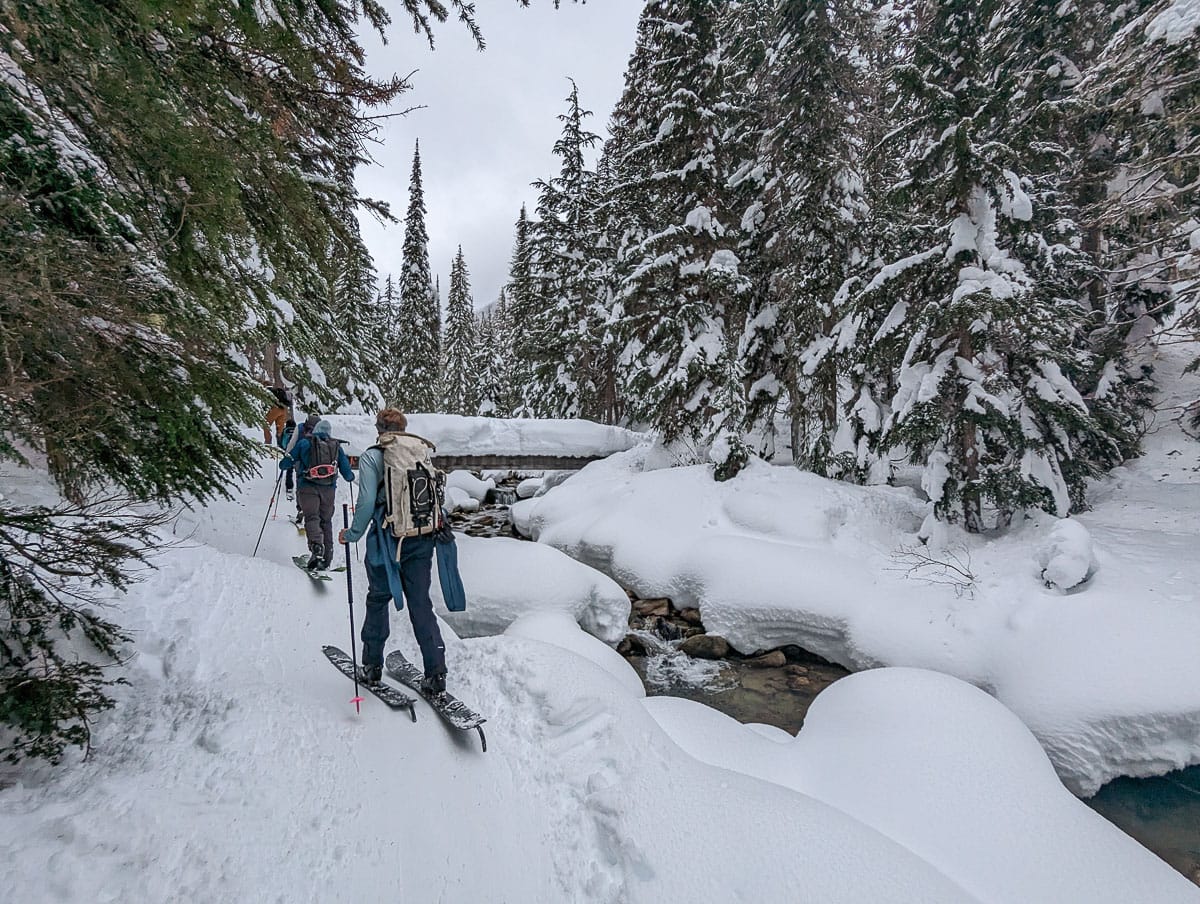
I’ve preferred carbon boards for roughly the last five years; the benefits outweigh the cons. They are pricey and, when properly sized, can last a long time. These lighter boards can also add some pep to your step, as splitboarders are almost always at a weight disadvantage to skiers. Here, I’ll focus on the Jones Ultracraft (a more powder-oriented board) and their Ultrasolution, which, as the name implies, is their carbon answer to the all-around type board. What I’m offering here is less a traditional THR review and more a “here are my impressions” of two carbon boards in various mountainous terrain from a hardboot devotee
Focusing on the Ultracraft
Ultracraft on the Up
The Ultracraft was my first lightweight carbon board. I was a carbon board devotee as soon as I unboxed it in my kitchen.The weight savings from this board are substantial, weighing 2694g (5.94 lbs) in the 160 cm offering. I was light as a feather on the skin track and could maintain pace with my fastest partners.
The board’s modern powder shape consists of a large spoon-rockered nose, camber underfoot, and rockered tail. This shape has become the new standard in splitboards. The shape and dimensions, in my opinion, help the board’s uphill performance. The board’s balance is right on the toe piece, making strides feel natural and easy. This is not always the case for splitboards, contrary to how I understand skiers have it—they have more latitude regarding binding placement. Splitboarders, on the other hand, are limited in where the toe goes on the plank; this is an important aspect to explore before purchasing.
The early rise nose helps the board float to the surface when breaking trail, and the camber underfoot promotes edge hold when things get slippy, effectively boosting rider confidence in cruxes. This stick is quite a bit wider and more of a powder-focused board—icy skinning could be bothersome on the knees. But, hey, this is a snowboard after all.
Lastly, and somewhat of an afterthought for some, I always thought it odd that carbon boards feature black topsheets. It negates the weight savings or a carbon layup as black topsheets collect more snow than white topsheets. With the most “recent” iterations of the Ultracraft, excessive topsheet snow accumulation is no longer an issue in the Jones lineup. Before the brand pivoted to white topsheets, this was a serious downside.
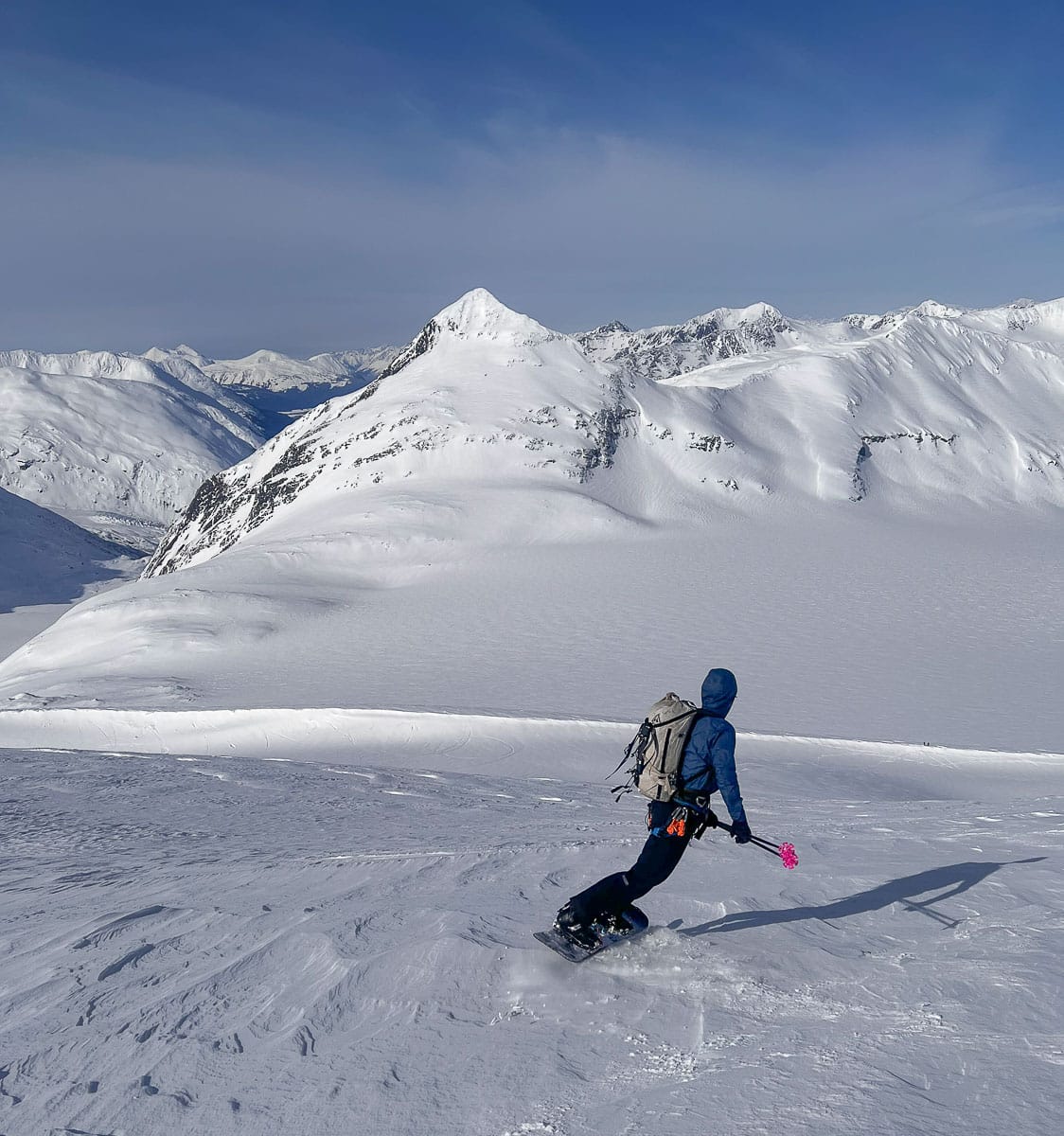
Ultracraft on the Down
When split, this board has a -2 cm setback, and the tails are crazy short. Read: This board can ski; it has been one of the best splitboard skiing boards I’ve ever skied (or ridden??, snow-sliding pronouns can get confusing for a hard booter). With the board’s short, effective edge, making turns on two planks is easy and fun in all conditions. The wide planks were usually helpful in powder. As with skis, wider often means better floatation. However, the extra width means split skiing icy luge tracks could hurt the knees, but that’s just par for the course for snowboarders.
The shape is just a riot to ride in powder. The board is agile in trees and confidence-inspiring on high mountain variable, which equates to more fun. The newer offering is a bit softer; what Jones’ says is somewhere between a “happy medium” and “stiff and powerful.” It’s a stiff one. My original 2019 board was rated a 10/10 regarding stiffness. A 2×4 might offer less flex than that board. But man, I love a stiff board as that rigidity allows you to cut through less-than-ideal conditions better but trends toward chattery with sub-par technique.
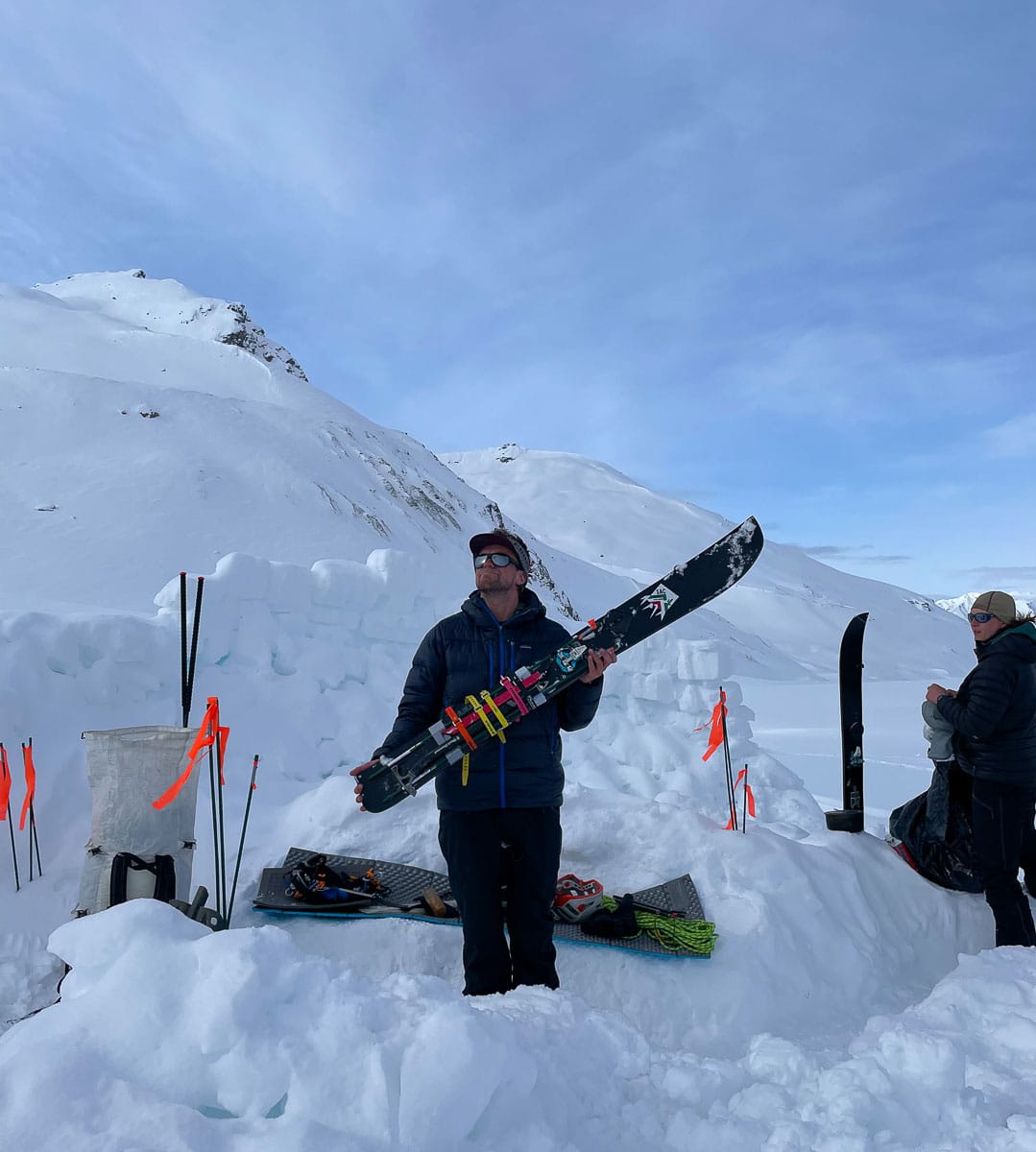
Something I think about now that was less on my purview back when I purchased this board in 2019 was size. Jones designs boards for smaller people. A 160 (their largest size) is much too small for a person of my stature at 6’2″. I must get going fast and maintain that seed every time I skied powder to keep the nose floating. This board should be available in larger sizes, but sizing is another ball of wax—more on that later.
These benefits come at a cost, including durability, top sheet color, and price. I owned three different Ultracrafts between 2019 and 2023, all of which had manufacturing defects and were replaced through Jones’ excellent warranty program. It seems the durability issues have been solved, for the most part, but I had a top sheet delaminate, base delamination, and straight-up broke half a board on an expedition into the Eastern Alaska range. So, take all this with a grain of salt. I think my size had something to do with at least my last issue, but be warned, you could have a durability issue with any manufacturer’s carbon board. Dare I say, if you enter this world of carbon boards, it’s not an if, but when you will have a durability issue. Despite these issues, I still ride these boards. The positives outweigh the negatives.
And yes, the cost. $1600 retail for a splitboard is steep and flat-out prohibitive for some. If you are keen on carbon, look around. I found a sale and purchased an Ultracraft for $1000.
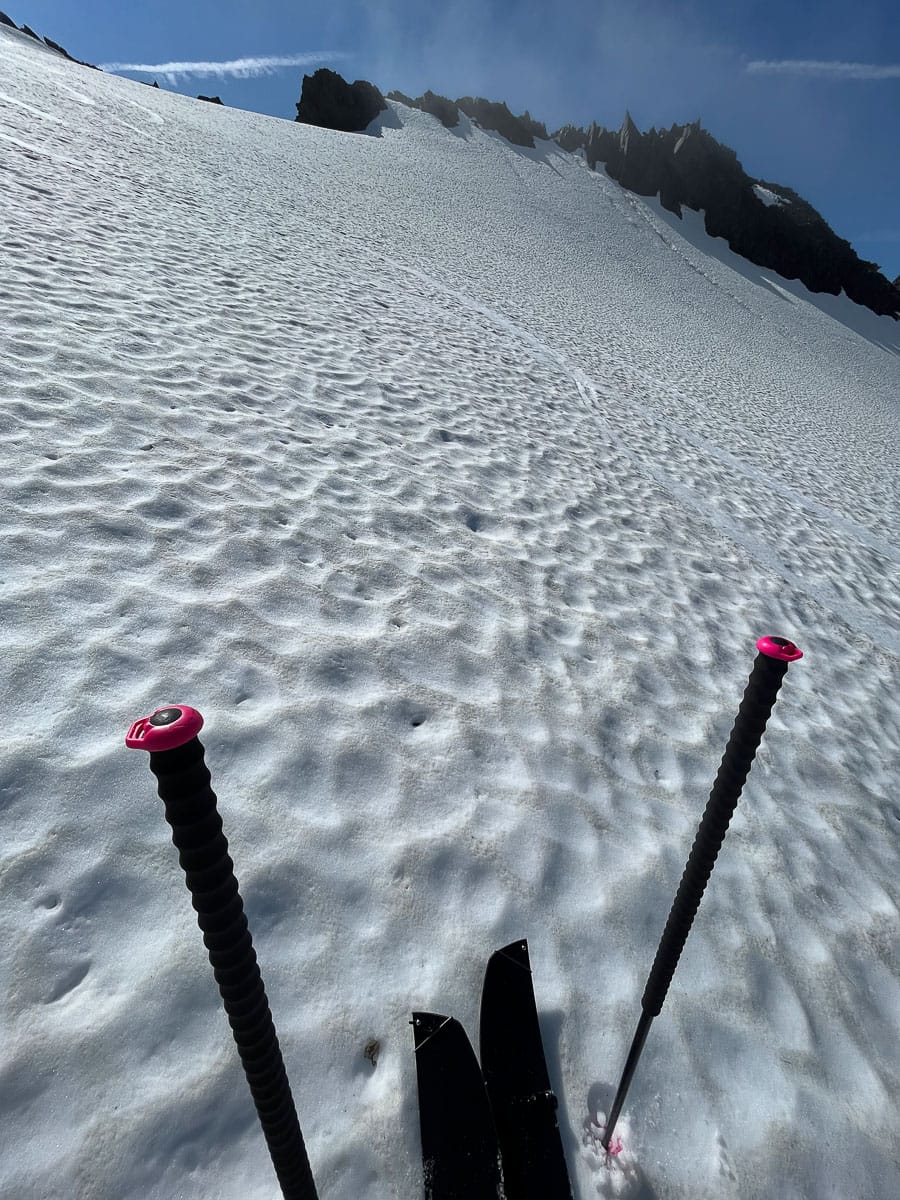
Ultrasolution—The all arounder
I’ve found the Ultrasolution to be an excellent all-arounder. (Jones markets this board as their generalist.) I previously owned a black top sheeted version and received a new-gen plank as a bonus to being awarded a Jones-sponsored American Alpine Club adventure grant. Praise where praise is due, Jones nailed it with this one.
Ultrasolution on the Up
My first tour on this board was this July Alaskan summer snow. The walk to snowline was a breeze as the board weighs 2794g (6.16 lbs), which is not too burdensome on the backpack. Once on snow, I immediately noticed each plank’s lack of width while skinning (the solution shape is slimmer). Skinning is more fluid and generally easier than with the Ultracraft. As a 164cm length board, the extra length helps support my weight better on the uphill. Compared to the Ultracraft, the Ultrasolution has a similar rocker-camber-rocker shape but has a longer effective edge and less aggressive early-rise nose.
I took this board to New Zealand for a fall trip in 2023 and got a taste of what it can handle on the ample firm and icy conditions the coastal mountains there offer. Skinning above cliffs near the Mueller hut and weaving around crevasses on the Tasman glacier felt great on the knees. It’s hard to think of any downsides to this board on the uphill. Having owned many splitboards, this one was the best combination of less weight and stability walking uphill.
Ultrasolution on the Down
The Ultrasolution also boasts a 2 cm setback, which seems to be standard in the Jones lineup. This mount position makes the board feel great splitskiing as it transitions smoothly between turns.
This past summer, my girlfriend and I made an overnight trip on the Harding Icefield, and I forgot my downhill bindings and split the whole trip. I enjoyed the board in split mode downhill on the long, mellow glaciers we skied that weekend. I carved downhill until I was going uncomfortably fast, then slarved to shed speed. Overall, the board skis very well.
When put together, the board is just plain fun. The board really shines in firm and variable conditions. It rides more damp and is less prone to chattering than older Jones carbon models I’ve ridden. I was repeatedly impressed by how well the board handled the mixed-bag conditions in New Zealand and Alaska. However, on a descent of a local classic on the Kenai Peninsula, we skied 4000 ft of blower powder and the Ultrasolution rocked. Even toward the bottom, when we encountered snow over waterfall ice, the board instilled confidence before a mandatory downclimb. The board has less side cut than the Ultracraft making it feel like it wants to open up more.
The modern powder shape here is great, with a less pronounced spoon nose than the Ultracraft. If we boil it down, the Ultracraft is a funner shape, but the Ultrasolution handles a variety of conditions better.
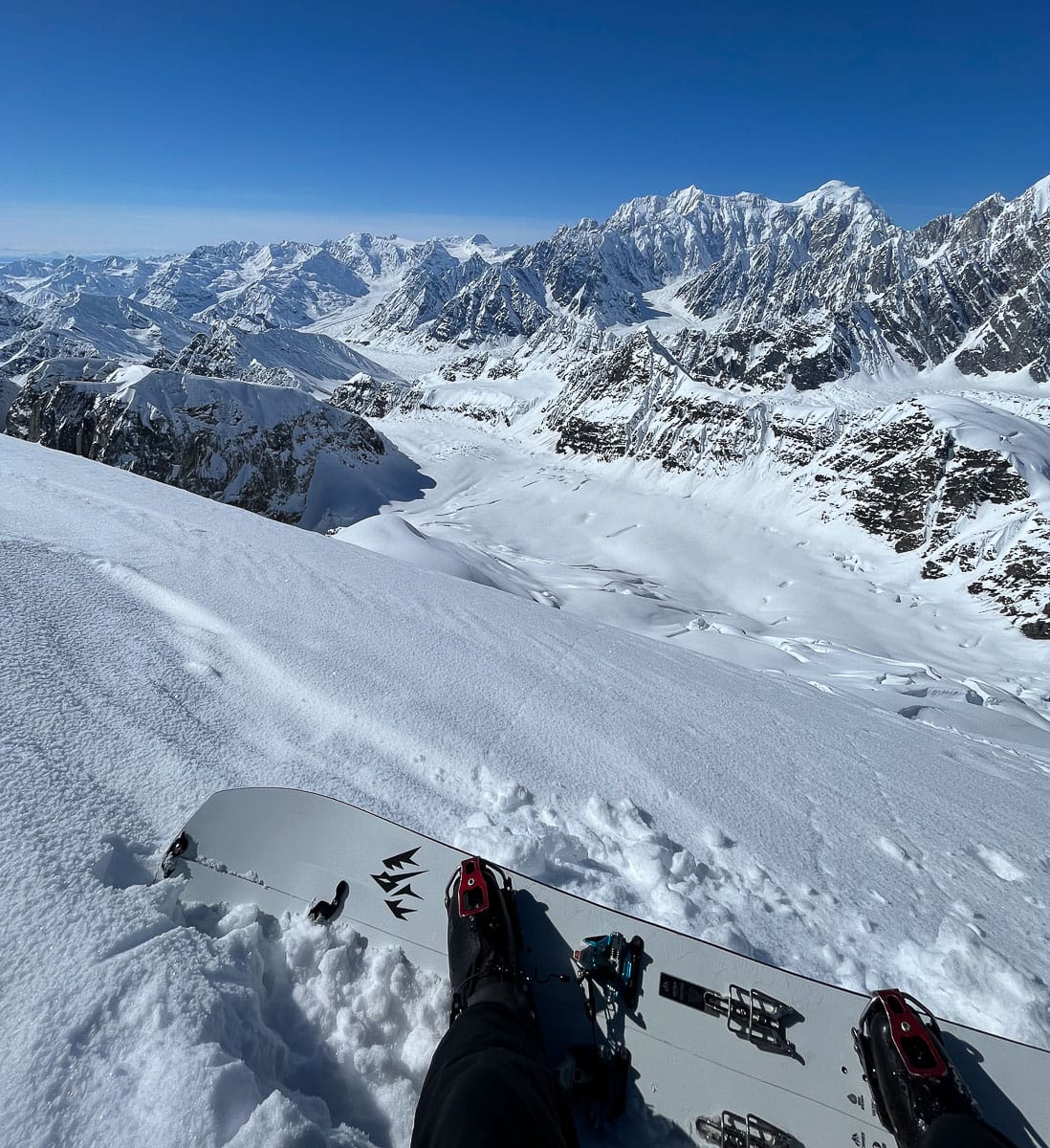
The Take Away
I’ve ridden five different carbon boards from Jones, and I can confidently say the newer models are more durable. Plus, the upgrade to the white top sheet makes a huge difference. These boards have been the tools I have used to explore the backcountry all over the US and Canada over the last five years. I have used both as a daily driver, and honestly, I am shying away from that; the carbon boards are great, but they have their time and place. But once springtime comes, I know what will be under my feet.





Leave a Reply
You must be logged in to post a comment.